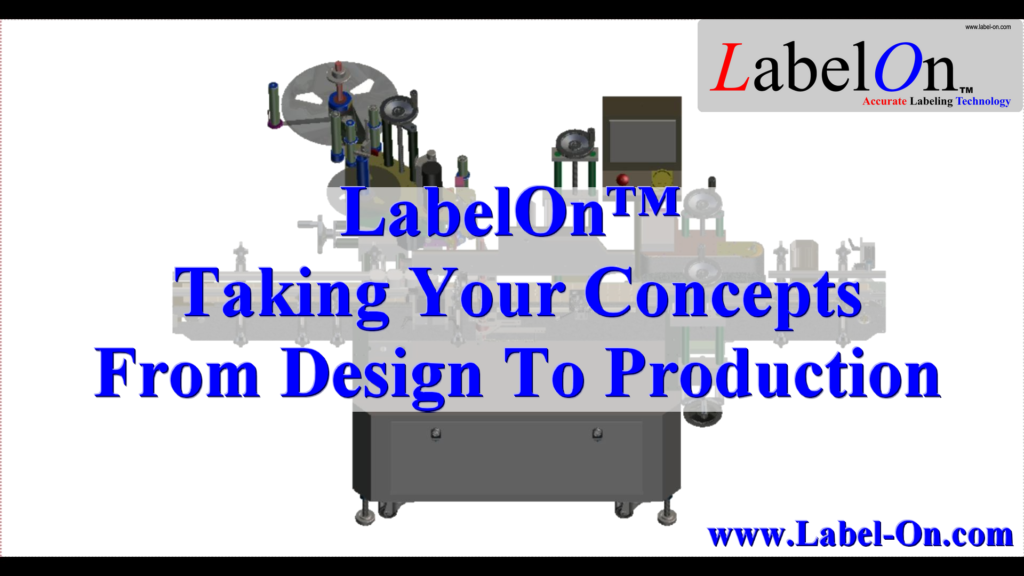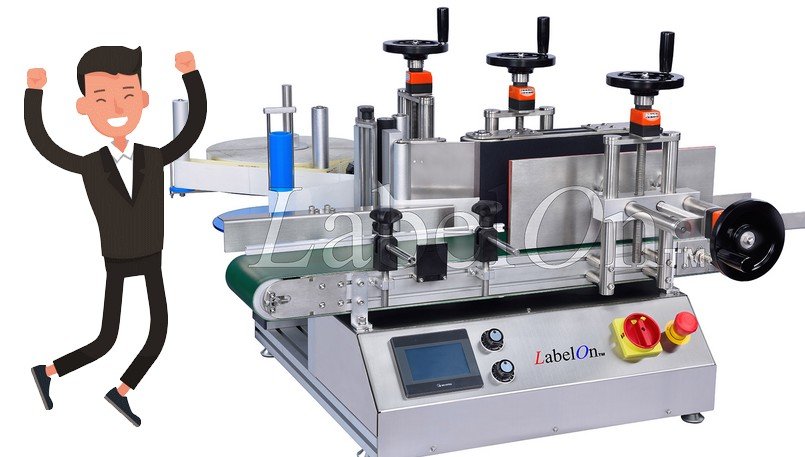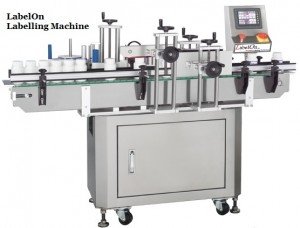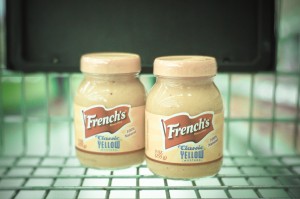Decades of Expertise in Labeling Solutions
With over two decades of experience in addressing labeling challenges, our engineers possess the expertise to work with innovative packaging concepts and offer guidance to develop commercial, three-sided labeling solutions Triple-Sided Labeling. Our team’s extensive knowledge and experience enable us to tackle even the most complex labeling projects with precision and efficiency.
Complex Full Wrap Labeling on Tapered Square Tubs
The project showcased here involves a complex full wrap labeling application for a tapered square tub with rounded corners. This type of project presents unique challenges that require a high level of expertise and careful planning.

Unique Three-sided Labeling Challenges and Solutions
- Inverted Labeling for Optimal Coverage:
- To achieve complete label coverage, the tub had to be labeled in an inverted position. This approach ensured that the label could be applied seamlessly around the product.
- Complex Calculations for Label Shape and Orientation:
- Our engineers conducted intricate calculations to determine the precise shape and orientation of the labels on the rolls. This step was crucial to ensure that the labels fit perfectly on the tapered tub.
- Fine Tilt Adjustments and Timing:
- The labeling head required fine tilt adjustments to align accurately with the tub’s surface. Additionally, the timing of the tub’s release was optimized to ensure smooth and consistent labeling.
Collaborative Process and Custom Solutions
Our process involves close collaboration with project managers and thorough testing of samples to ensure the best fit labeling machine for your specific needs. Custom labeling machines, such as the one described, may have longer lead times compared to standard machines. However, the tailored solution and enhanced performance are well worth the wait.
Triple-Sided Labeling Advanced Features for Ease of Use
Our labeling machines are designed with user-friendly features, including touch panel controls and synchronized motor speeds. Even our Basic Series Bottle Labeling Machines are packed with features that simplify operation and reduce the required skill set. This ensures that your team can operate the machines efficiently with minimal training.
In summary, our engineers’ extensive experience and dedication to innovative solutions allow us to provide top-notch labeling machines tailored to your specific requirements. Whether you need a standard or custom solution, we ensure that our machines are designed for optimal performance and ease of use.
With well over two decades of experience with Labeling Challenges, our engineers are able to work with innovative packaging concepts and provide guidance as to what needs to be done to come up with a commercial labeling solution.
The particular project shown here involves a complex full wrap labeling application onto a tapered square tub with rounded corners.
The challenges to this project included accommodating for a label coverage on this product that could only be achieved by labeling the tub inverted.
Complex calculations were done to guide the project with the correct shape and the correct orientation of labels on the rolls of labels.
The label head needed to have fine tilt adjustments and the timing of Tubs Release needed to be optimal.
Working closely with the project managers and carefully testing samples are part of process that leads to a best fit labeling machine for your circumstances.
Custom labeling machines like this can have significantly longer lead times than more standard labeling machine, however, it is usually well worth the wait.
Our Labeling Machines have Touch panel controls and Synchronized Motor Speeds.
When you have Labeling Machines with the features we have packed into even our Basic Series Bottle Labeling Machines you have Labeling Machines that require a much lower *operator skill set * than the skill set required to operate other Labeling Machines.














